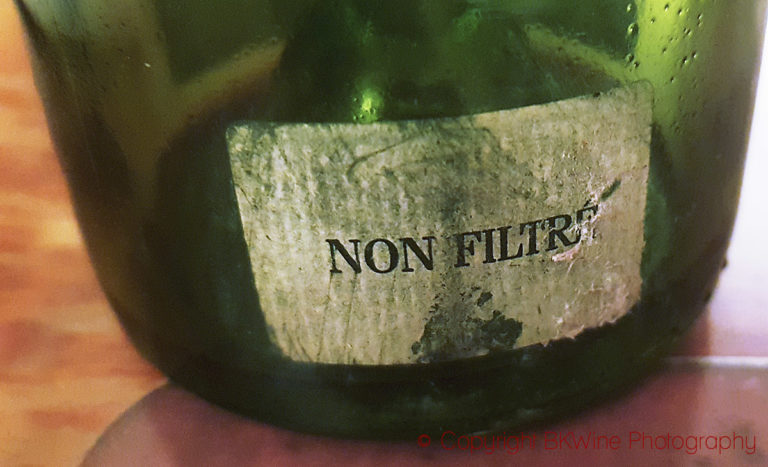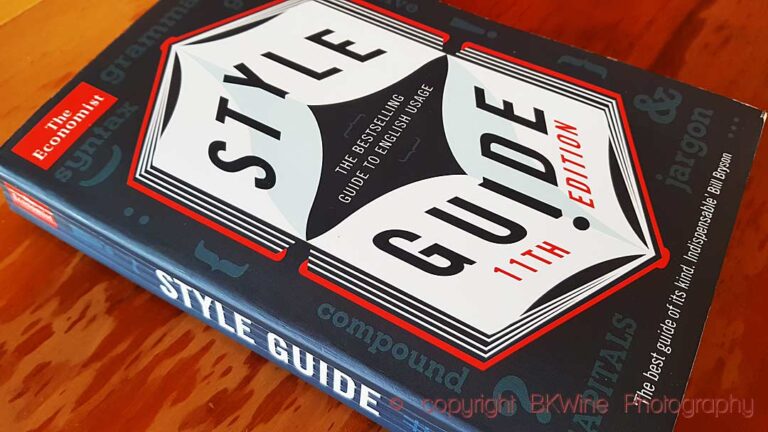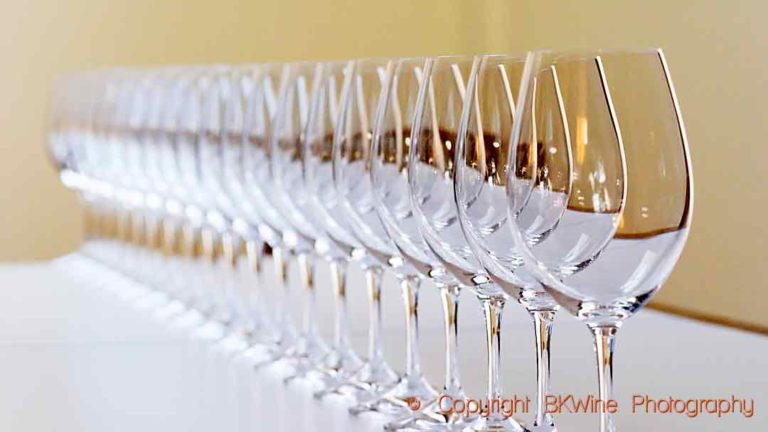

 9 myths and 9 truths about organic, biodynamic, “natural”
9 myths and 9 truths about organic, biodynamic, “natural”
Organic wine continues to increase, it seems. Commercial success is well established in several countries already. We recently wrote about sales in France that have increased by 17% per year since 2012 and the forecast is that it will continue.
Therefore we see more and more articles and blog posts about organic wine, sometimes good and interesting but surprisingly often frighteningly wrong. The subject deserves a more comprehensive text in BKWine Magazine than this introduction to explain what organic is, what biodynamic is and perhaps also this strange concept “natural” (“uncontrolled” might perhaps a better word). Not to mention “sustainable”. We’re working on that. But in the meantime, here are some truths and myths about organic (and the others).
MYTH 1: It is difficult to keep track of all the different national certifications of organic wine in the EU. It varies from country to country.
TRUTH 1: All organic wine within the EU follows exactly the same rules. The rules are set by the EU and apply identically to all countries. It is identified by the EU leaf on the label. With the leave = organic.
MYTH 2: There are so many different organic certification organizations that it is difficult to keep track of them and difficult to know what they stand for.
TRUTH 2: Yes, there are many certification organizations, but it is basically irrelevant. Everyone works with the same (EU) rules. The only thing that is important is the EU leaf. It is mandatory if you want to show that you are organic. You do not have to worry about Ecocert, Qualité France, AB, and other organizations that you might see on the label. However, one can be organically certified and choose not to put organic stamp on the label.
MYTH 3: I will spare you this since it is a local Swedish myth about a local certification.
MYTH 4: But in other countries, outside the EU, e.g. Argentina, New Zealand, USA, etc., they have other rules, other eco-certifications, so then you have to check out the certification and what rules apply in that country.
TRUTH 4: If the wine is sold within the EU as organic it must comply with EU rules. In other words, it is exactly the same requirements for them. And they also have to have the EU leaf if they want to show that it is organic (as far as I understand the labelling rules).
Are you beginning to recognize the pattern? It is actually not at all complicated with the rules and certifications. They are identical for all organic wine (within the EU, and most other countries use the same rules). The labels/certifications do not mean different things. The EU leaf is what you should look for. A leaf = organic. No leaf = not organic.
MYTH 5: It costs a lot to be certified organic, so many producers choose not to.
TRUTH 5: No, it doesn’t cost much, maybe a few hundred (euro) or slightly more. Not much.
MYTH 6: Some producers are organic in practice, but not certified, and use synthetic sprays (not organic) only in case of emergency.
TRUTH 6: Then they are not organic. To be organic you have to be certified (much like that if the wine is called Champagne, it must come from Champagne, not just be a bit like champagne). And one must never use pesticides other than organically approved. Never.
MYTH 7: In organic wine growing, they use no poisons. Organics mean no spraying in the vineyard. No pesticides or fungicides.
TRUTH 7: Pesticides / fungicides are also used in organic viticulture. If you did not spray at all, diseases would often ruin most of the grapes. However, the organic growers can only spray with organically approved pesticides (and fungicides), mainly sulphur and copper. They must not use chemical synthetic or systemic products.
MYTH 8: There is a difference between organic, ecologic and biologic.
TRUTH 8: No, it’s the same. Organic is the English word, “ecologic” is used in some languages, and “biologic” is French-Italian-Spanish. Same thing, different languages.
MYTH 9: Organic and biodynamic more or less the same thing, and “natural” is one more step “cleaner”.
TRUTH 9: No, it is three different things. Organic is legally strictly regulated and certified within the EU. With official rules. Biodynamic is like a sub-category of organic, slightly stricter rules, with private certifications and mostly strictly controlled (mainly Demeter and Biodyvin). “Natural” has no generally accepted rules and has no controls and no certifications.
Do you want to know more?
This turned into a long text, so we’ll continue another time. If you want to know more about this, you can read our book on organic wines: Biodynamic, Organic, and Natural Winemaking. A book that really explains what all this is.
If you have any comments about this – or questions – do write us an email.
Two more important things:
Wine tours!
Have a look at the current wine tours program and book your tour now for a lovely wine adventure: Bordeaux, Champagne, Chile-Argentina, New Zealand, South Africa…!
You can hardly find a better wine tour operator than BKWine (if you do, we would like to know! So we can get better). We know a lot about wine, with, for example, ten published and award-winning wine books, and have more experience in arranging wine tours with several hundred wine tours done over the years.
And also, we are independent so we can choose the visits and travel routes that give you the best experiences. We do not plan our visits because we want to sell certain producers’ wines to you, but because the ones we go to are the best and most interesting wine visits.
A new book to be launch on 26 February
Finally: February 26 is in our calendar! We will be in Stockholm and launch our new book, Languedoc-Roussillon, the wines from the French South! Unfortunately only in Swedish at the moment. Number ten. Who would have thought? It just happened!
Britt & Per
PS: Recommend to your friends to read the Brief !
[box type=”alert” size=”large” style=”rounded” border=”full”]This is just the introduction to the latest issue of the Brief. Subscribe to the BKWine Brief and you will get the whole edition in your mailbox next month.[/box]








